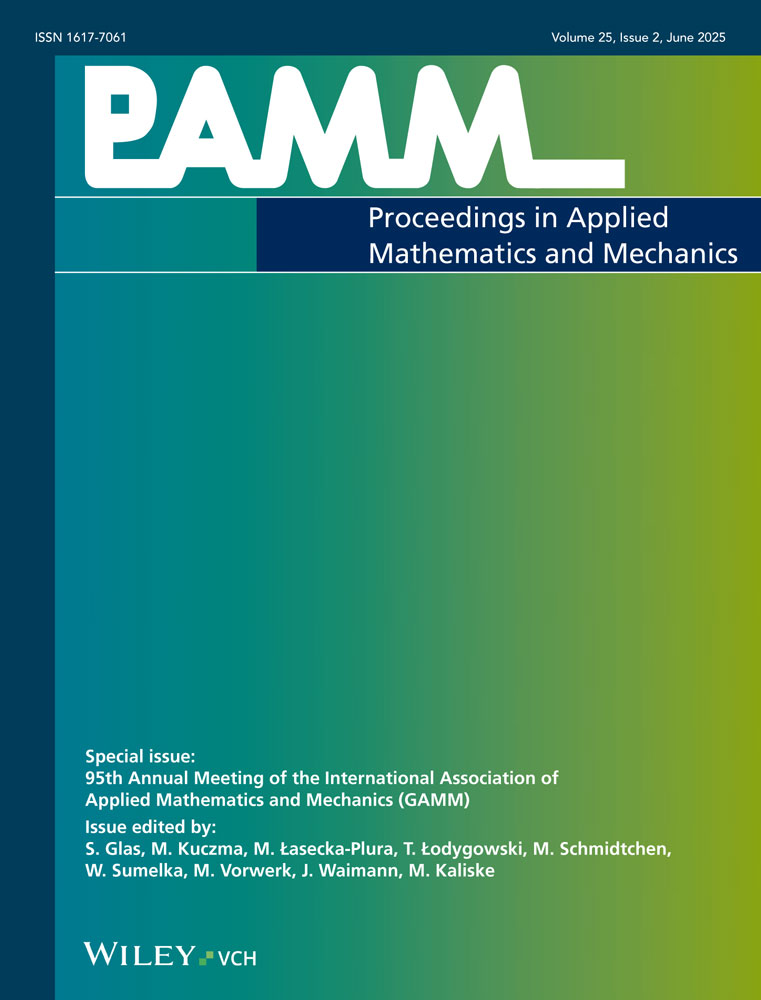Void dynamics in lead-free Sn-Ag-Cu solder joints
Abstract
As a result of thermal and mechanical loading of Sn-Ag-Cu solder joints pores, flaws and voids may nucleate and grow. Such void nucleation is studied here by means of a phase-field approach which accounts for the decomposition of the solder into phases described by its concentration c. In this investigation, the void growth results from boundary inward flux only, effects due to grain size and interstitials are not involved, cf. [1].
The free energy functional is approximated by a second order Taylor expansion and thus composed of a bulk free energy density and a Ginzburg-type gradient term. The bulk free energy density ϕ follows a classical Ginzburg-Landau double-well potential. The gradient-energy coefficient κ depends on ϕ and is calculated similar to [2]. Experimental data have been adapted for the modeling of the temporal evolution of the concentration of voids located on a square domain in 2D. The simulation is based on a B-spline finite element analysis. (© 2016 Wiley-VCH Verlag GmbH & Co. KGaA, Weinheim)




